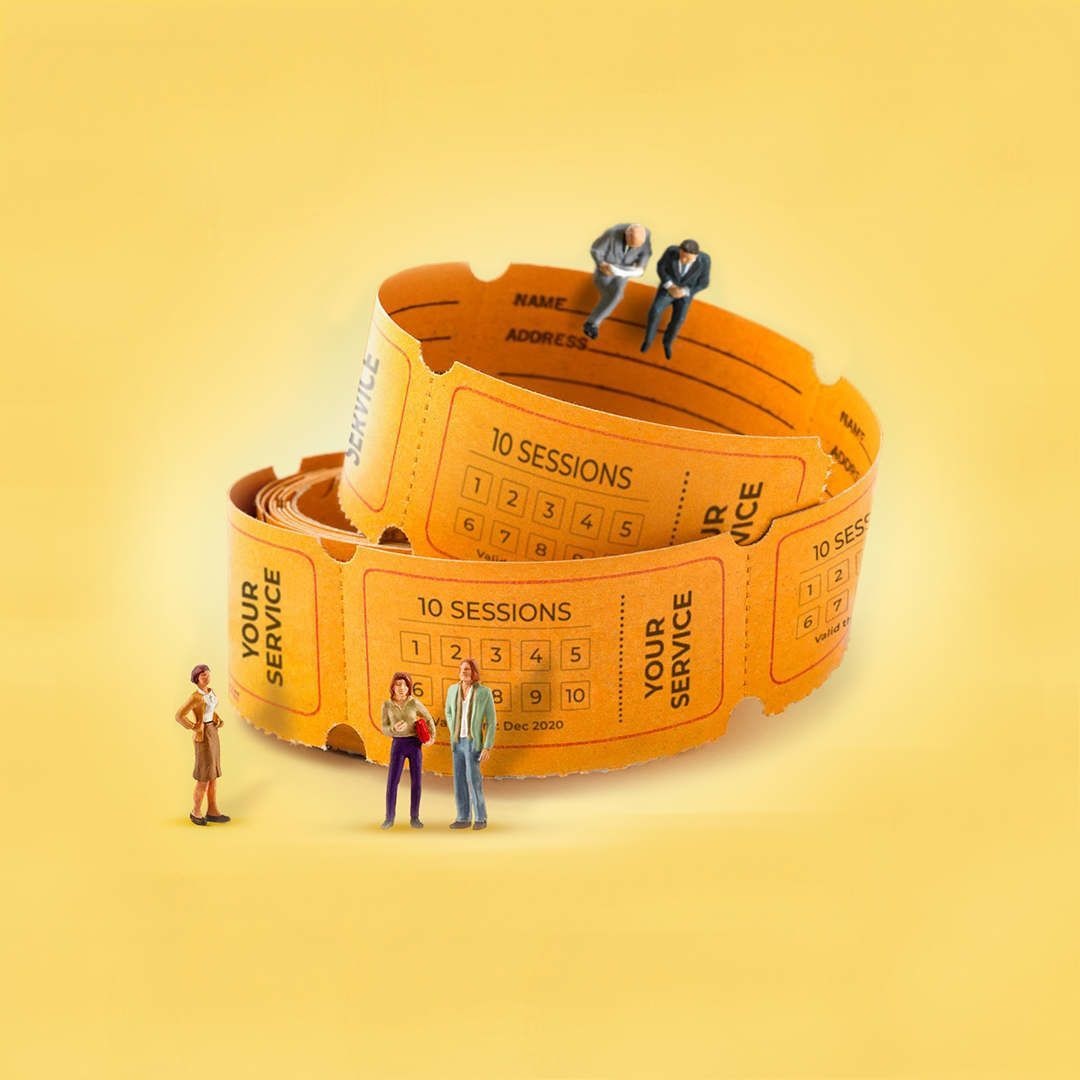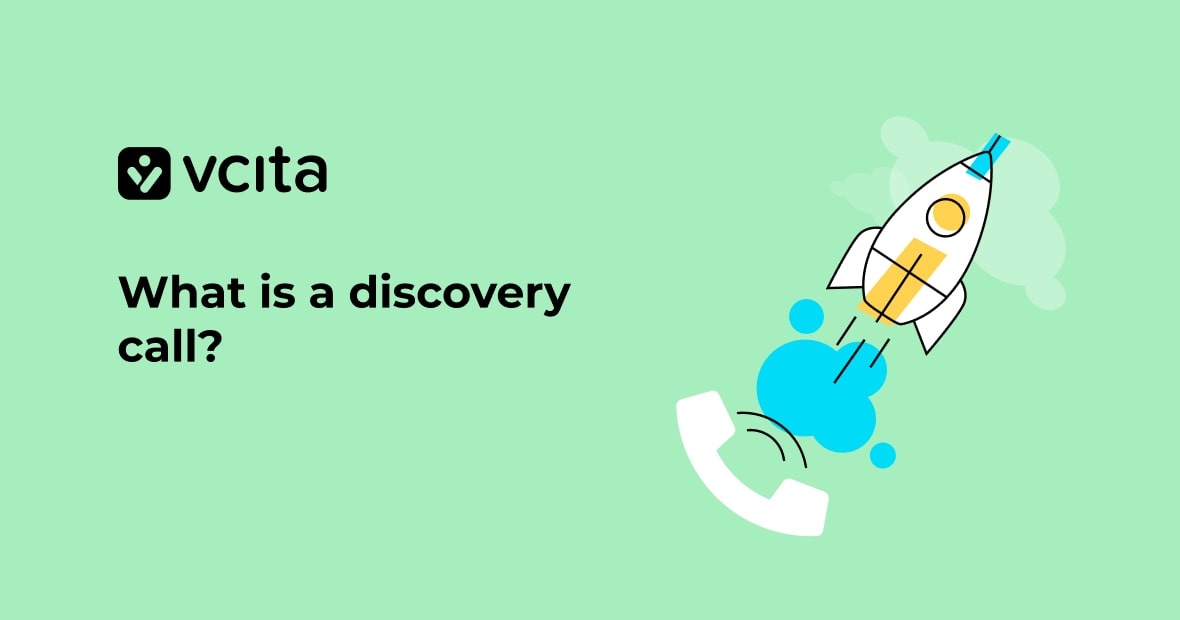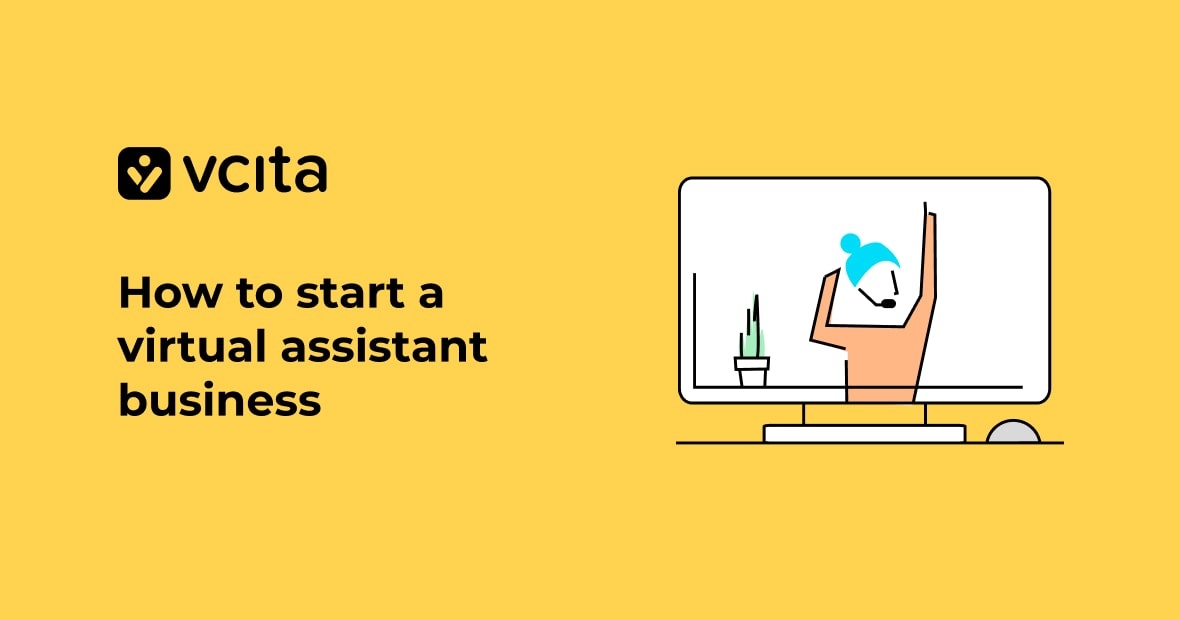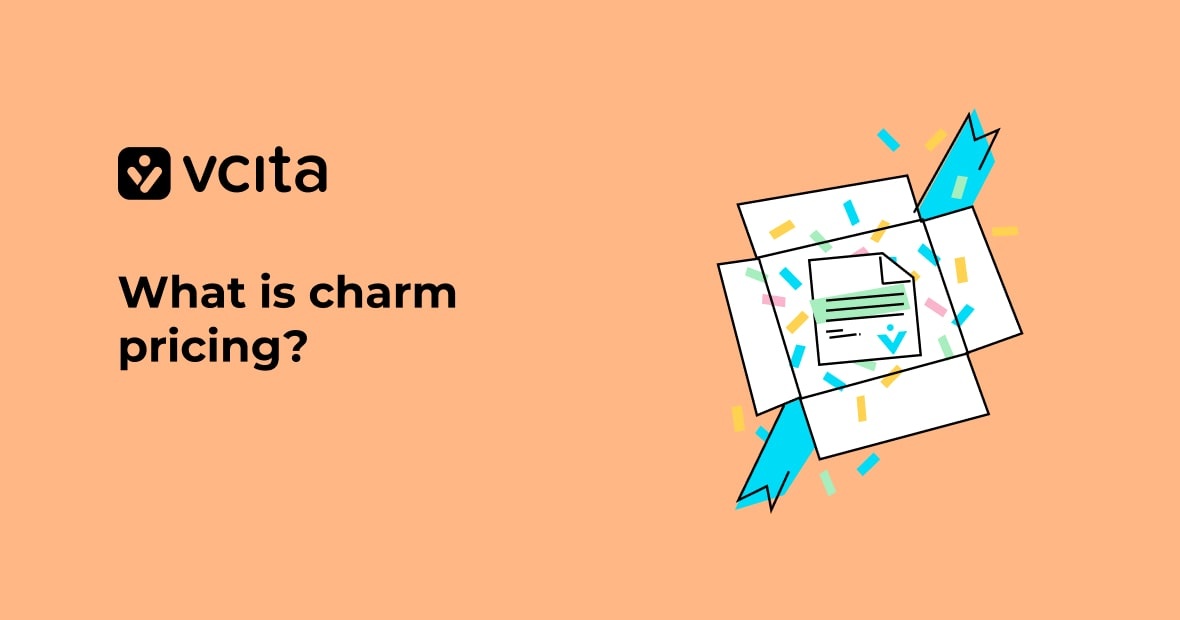Chances are, you’re already familiar with bundling. It’s a sales tactic that’s so ubiquitous, people don’t even notice it anymore—even though they purchase bundles all the time. From telecom providers offering a suite of services to fast food chains offering value meals, most large retailers offer some form of bundled services, and for good reason.
When bundling is done right, it drives revenue, keeps your customers coming back, and makes marketing easier. Combining your products and services the right way can make you stand out from the crowd by offering something that’s comprehensive, unique, or targeted to specific customer demographics. Unfortunately, it’s also possible to bundle your services the wrong way, and hurt your business in the process. Below is a more detailed look at how bundling your products and services can help you, and some strategies for getting it right.
Bundling your services can help you:
1. Secure revenue
The best thing about service bundling is its potential to help with your cash flow. Bundling your services means you’ll see more of your revenue up front, and you’ll be able to invest that revenue back into the business sooner than you would by selling individually priced services. It can also be a huge boost if you’ve recently taken a financial hit and need to get back on your feet quickly.
- Creating more sustainable revenue sources is a must when times are uncertain. Bundled services make it easier to plan out the weeks and months ahead, since you’ve sold the appointments long in advance.
- With the right pricing strategy, bundling your services can actually bring in more revenue than selling the same services individually. Knowing how much different customer segments would pay for different services is key.
2. Encourage loyalty
Bundled services both reward returning customers and encourage new customers to stick with their appointments. This is particularly helpful in the case of services like teaching, where it can take a few appointments for customers to start seeing the payoff. If they’ve already bought a package of bookings, they’ll be much more likely to stay long enough to see that payoff and keep coming back.
- Loyalty to your services doesn’t necessarily have to mean loyalty to a particular day of the week. Keeping things flexible is a great way to let your customers learn or practice at their own pace, and make another booking when they’re ready to take the next step.
- Package bookings can also be a way of getting customers to buy accessories from you rather than your competitors. For example, a yoga instructor selling a package booking of beginner classes could consider adding equipment like mats, blocks, and straps that beginners might otherwise purchase elsewhere.
3. Engage your audience
If you have a new product or service you think your clients would love, including the service in package bookings can help introduce it to them. It encourages clients to explore the full range of your services rather than just sticking to the one they usually book. Bundling also expands the total offerings on your website, increasing the amount of choices available to your clients when they’re checking out.
- Bundling services invites your clients to imagine how your products and services could work together. For example, if you have a hair salon but also offer makeup and updos, a package featuring all three might get a client to splurge on them for a special occasion.
- Breathe new life into stagnant inventory by including it in a bundle—it’s instantly transformed from an overlooked product into an incentive!
4. Streamline your marketing
Instead of having a different ad for each product or service, package bookings give you the opportunity to sell multiple products and services wth one simple marketing message. They can also be a way to dress up your existing services for a new marketing campaign, creating instant novelty without going through the trouble of adding anything new.
- One of the best examples of this is Netflix. Instead of advertising individual movies or channels, Netflix advertises its entire library. Even if you sell individual products or services too, marketing them as one bundle does twice the work since it gives your leads a quick idea of the range they have to choose from.
- Including everything under a single price point means your customers don’t need to see the itemized breakdown of each individual product or service. This can help you sell the products or services with higher price points that clients might be reluctant to buy on their own.
- Bundled services can also be a way to offer bulk discounts or limited time offers, especially around the holidays or other important times of the year. For example, a tutor might sell a package of lessons that coincide with SAT tests, or a summer school package to prepare for fall.
How to get started?
At this point, you might be thinking about which of your products or services would be a good fit with each other. It’s an important question, since the answer will determine whether or not your bundle is a success.
A good first step is to make a list of each individual product or service you offer, then think about which ones your customers purchase together. If you offer one type of service—business consulting, for example—try thinking about bundles in terms of goals you and your clients work towards.
This might also be a good time to brainstorm different products or services you might add to the ones you already have. In the case of music lessons, a teacher might decide to offer a digital workbook, customized sheet music, or an online recital event.
Pricing bundled services – what to consider?
Many people think of bundled services as a discounted package, but bundling doesn’t have to be about offering your services at a lower price point. There are a lot of reasons other than savings a customer might decide to buy a bundle of services—for example, if they’re buying a gift for someone else, or value the overall experience the bundle offers. Bundling your services is about combining them in a way that enhances their perceived value.
With this in mind, it’s important to avoid unintentionally damaging the perceived value of an expensive product or service by bundling it with a cheaper one. A phenomenon known as categorical reasoning means that people often tend to categorize things as either expensive or cheap; adding too many cheap extras can make the bundle feel cheaper, even if the total value is technically higher.
Sometimes, though, an inexpensive item is one part of a complete whole—and therefore might add perceived value to a bundle that seems more comprehensive as a result. Customers buying a premium package from a personal trainer might be willing to pay a higher price for a bundle that includes a meal plan; one of the advantages of buying the package is the perception that they’re getting the most thorough service the trainer offers.
In spite of the benefits of bundling services, don’t forget to keep offering one-off ones as well. Research shows that consumers prefer to have the option of buying individual items in a bundle separately if they choose. It might be tempting to only offer bundles, but this strategy runs the risk of driving away customers who can only afford one product or session.
How to market your service bundles efficiently?
Your marketing should follow from your pricing strategy, and answer the question: what is the pain point your bundle is solving for your customer? In other words, what is the main benefit your customer gets from buying the services as a bundle rather than buying them individually?
- Discount services:
If the main benefit to your customer is a discount, then make sure they’re aware of how much they’re saving all the way from your marketing campaign to their purchase. Use price anchoring to tell them the price they would be paying if the services were priced individually, in your email campaign, landing page, and in their shopping cart. - Premium package:
n the opposite scenario, your customer might instead be enticed by a premium bundle that offers a variety of top-notch services for a specific event, goal, or holiday. In this case, your marketing efforts should emphasize the details included in the bundle and the little extras that make their purchase special. - Solution bundle: this bundle solves the problem of a customer that would otherwise need to do a lot of research or legwork in order to put the services together themselves. You’ll often see bundles like this in tech purchases that offer support and software with the hardware. Marketing solution bundles means focusing on the integrated nature of the individual elements—how they work together to make your client’s life easier.
Use bundles to hit ‘refresh’ on your services
You don’t have to reinvent the wheel in order to create a bundle of services. Bundling services lets you make a new offer out of what you already have on the table. If you’re still not sure how to bundle your services, do a little research into what others in your niche are offering their clients.
Bundles help you keep your revenue, and stay competitive. Offering a well thought out bundle tells your clients you’ve thought about their experience, and have taken the time to come up with a comprehensive solution that speaks to it.




























